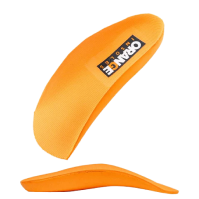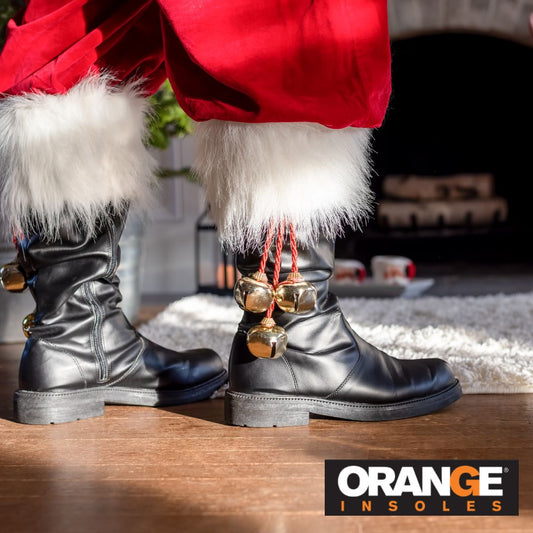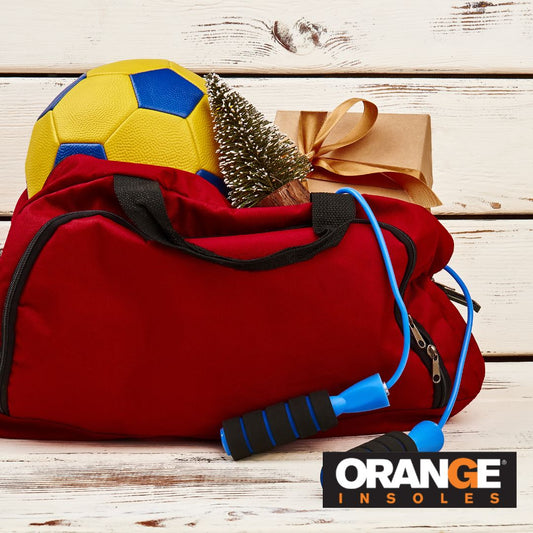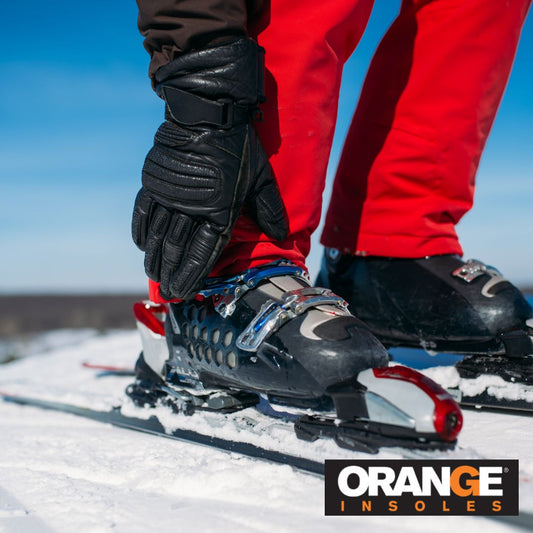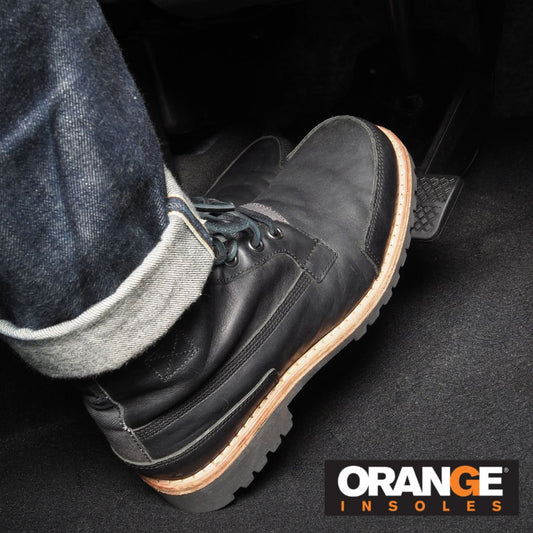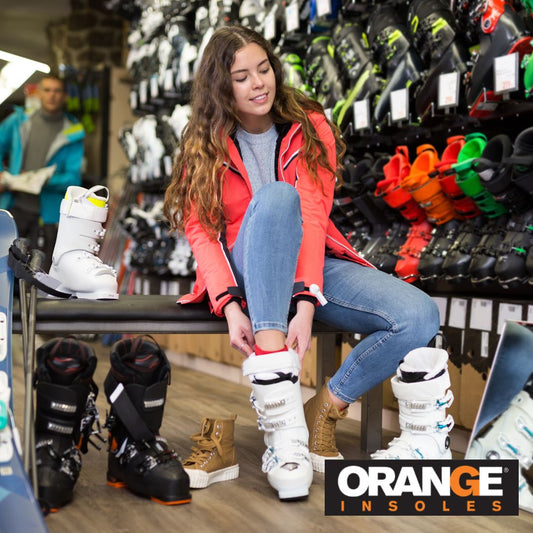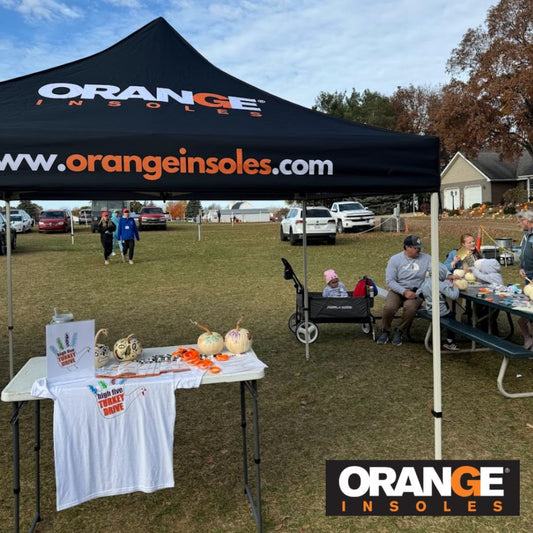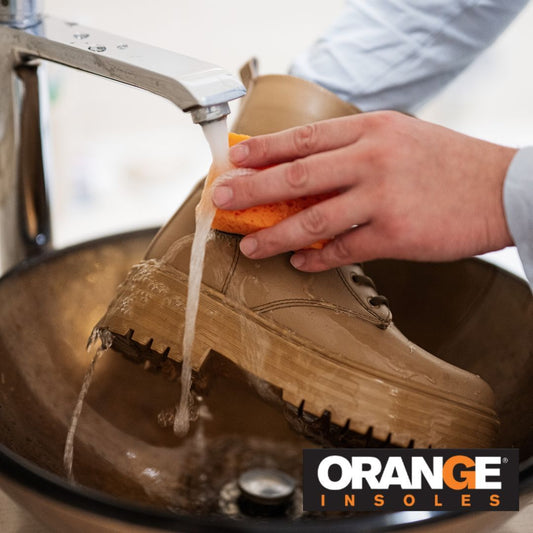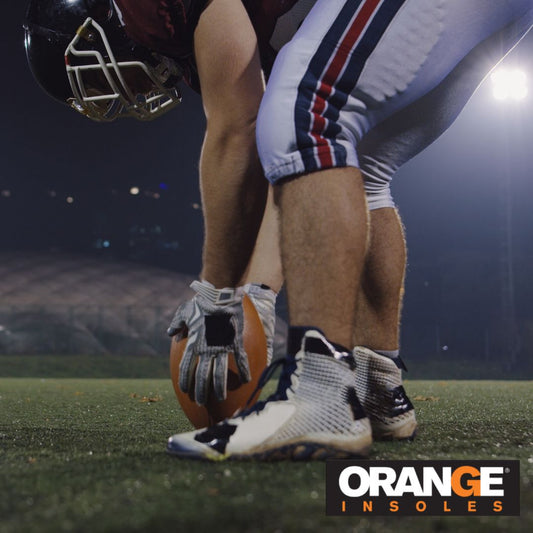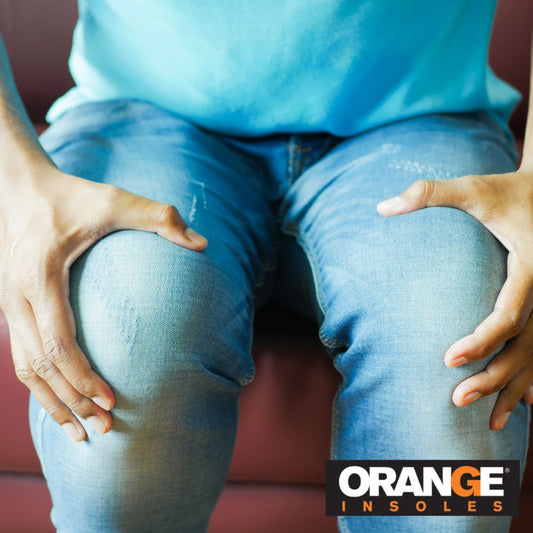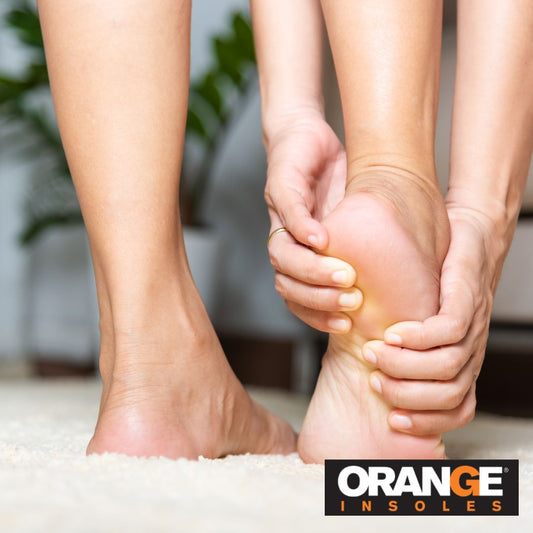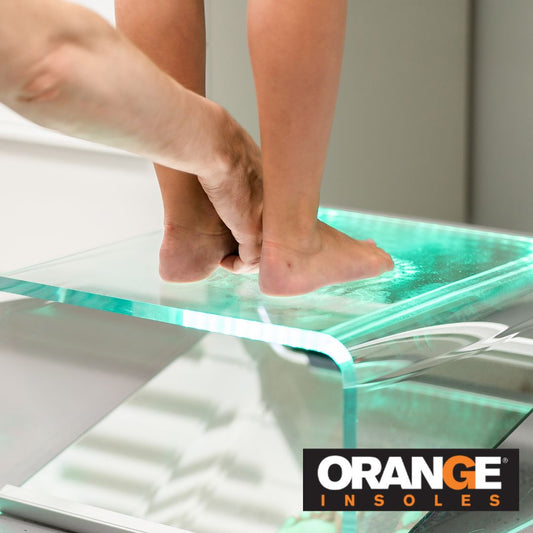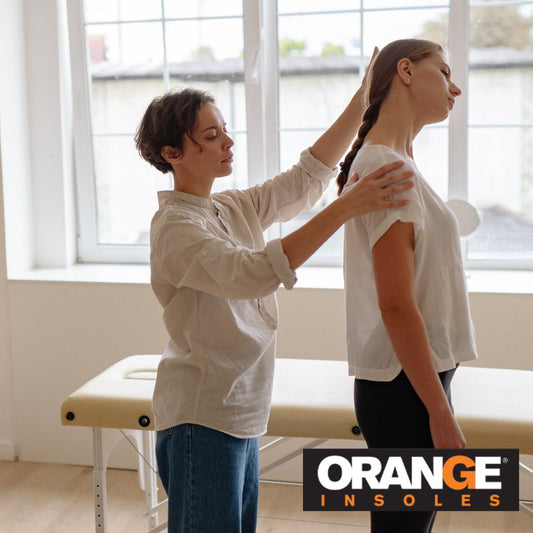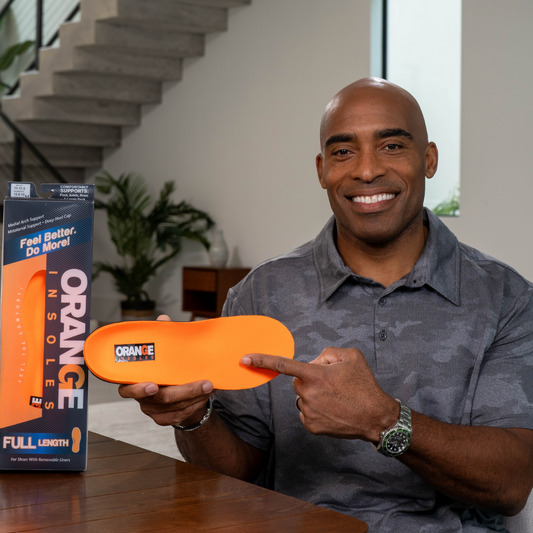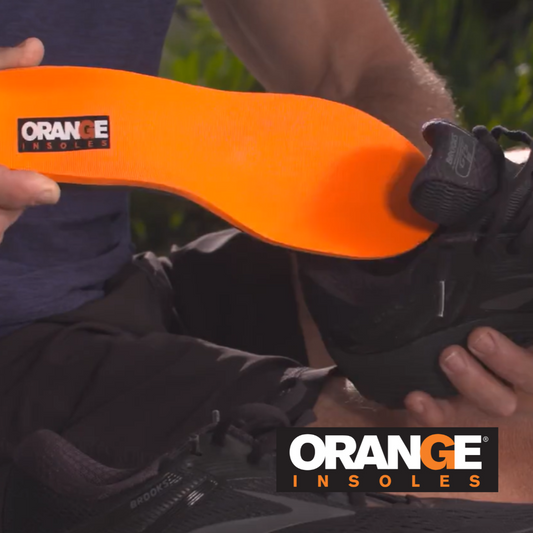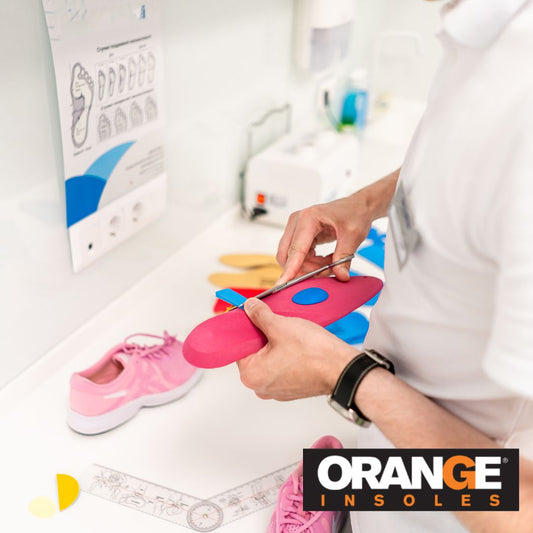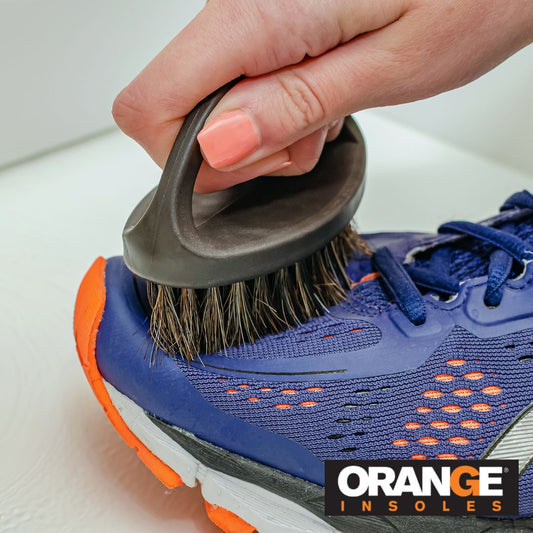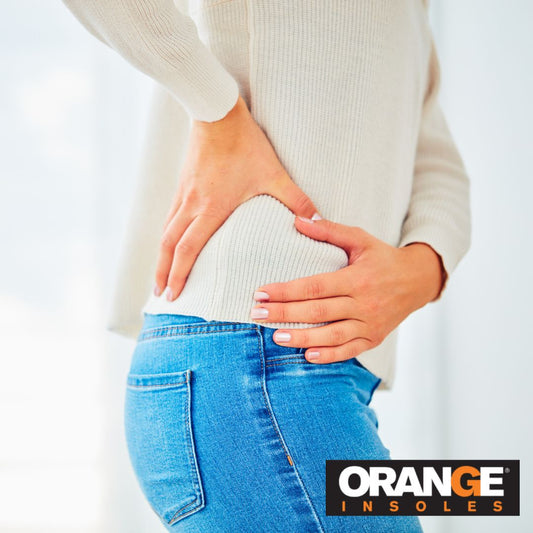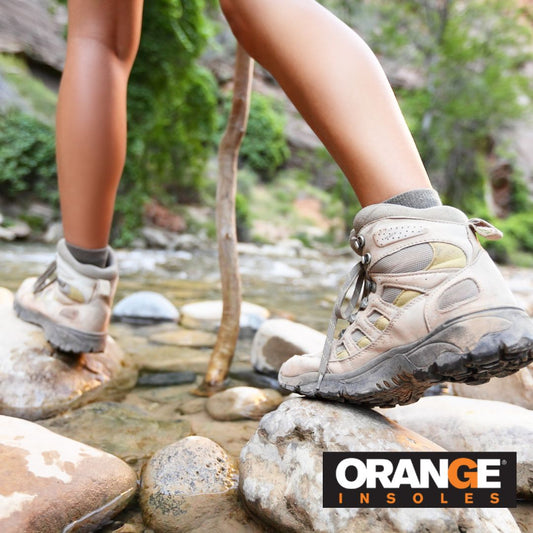Most shoes and footwear are made with a layer of compressed foam that, over time, gets soft. This happens with day-to-day use: the shock of movement causes that foam to get too soft. As a result, it starts to lose contour, shape, and arch support.
The result: the shock once absorbed by your shoes is transferred to your body - and your body reminds you about this through pain.
It’s no fun.
How to Tell if Shoes Are Worn Out
There are a few ways to tell if your shoes are worn out and ready to be replaced. Here are a few tips to help you out.
Tip 1: Stop Looking at the Upper Part of the Shoe

Many people gauge whether it’s time to replace a worn out shoe by looking at the upper part of the shoe. While the appearance of holes, ripped seams, discoloration, or visible wear might be an indicator that it’s time to replace a shoe - that might not be that important.
At least, not for your health. Your aesthetic sensibility, on the other hand…
More important than the appearance of the outer part of the shoe is the midsole.
Tip 2: Look for Midsole Wrinkles
A better indicator that a shoe is worn out and ready to be replaced is the health of the midsole. This is the real way to tell if it’s time to replace your shoes.

If you flip your shoes over and see wrinkles on the midsole, that’s a good sign that it’s starting to break down and the shock absorption has deteriorated.
Tip 3: The Heel & Forefoot Are Worn Out
Once the midsole goes, it’s definitely time to replace your shoes.
Yet, if the heel and forefoot of your shoe are starting to show wear - maybe along the edges of the shoe because of the way you walk - then that may also be a good sign it’s time to replace the shoe.
In those cases, your pattern of walking (especially if you’re out of alignment) has begun to compromise the shoes. Beware: wrinkled midsoles follow.
Tip 4: You’ve Walked (Or Run) More than 500 Miles

In general, most shoes last for 300-500 miles. As you walk (or run) on shoes, the pressure of shock absorption wears down the shoe’s heel, forefoot, and midsole. As that happens, the cushion weakens and the support the shoe once offered all but disappears.
Tip 5: Listen to Your Body
Pain is the body’s natural way of letting us know something is wrong. If walking causes pain in your hips, knees, or back, it may be a sign your shoes are worn out. Similarly, if running (or other physical activities) feels like it’s pounding your body...maybe consider getting new shoes.
In either case, pain is generally a sign that the shoes aren’t supporting your body like they’re supposed to.
Do Insoles Help Reduce Wear on Shoes?
One question we get is “can good insoles extend the life of worn out shoes?”
Shoes, like all products, eventually wear out. While insoles can countermand some of the negative impact by providing a little more life - that’s not really their job. The shoe, is, after all, the foundation of the insole.
If the shoe is too soft or too flexible, then the insole might be compromised.
After all, high quality insoles are intended to keep your body in alignment and can only do so if the foundation (i.e., the shoe) is solid.
How Do I Know if It’s Time to Replace the Insole?

So, if you’re in pain, how do you know if it’s time to replace the shoe...or the insole?
In general, it’s time to replace the insole if the foam that goes over the top of the insert is compressed. While, in the case of Orange Insoles, the molded plastic might still be doing its job of providing support, compressed foam could reduce the comfort you once felt when you first got the insole.
Read more: 5 Signs It's Time to Replace Your Insoles
If that sounds like you - or you have new shoes and are still feeling pain in your hips, lower back, or knee - then we suggest you take a look at our insoles and see if they’re right for you!
SHOP FOR INSOLES


